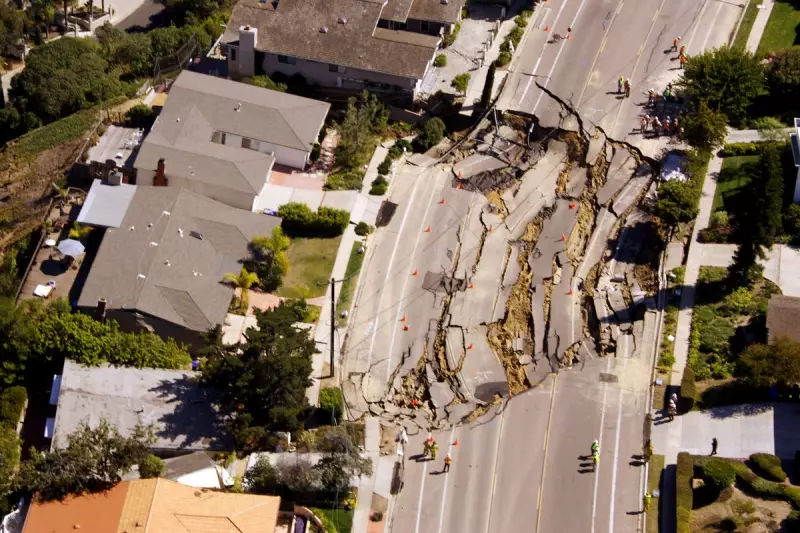
In a development that could transform our understanding of Earth's inner workings, scientists have unveiled a revolutionary new tool capable of detecting geological events with unprecedented precision. This cutting-edge technology promises to enhance early warning systems for earthquakes, volcanic eruptions and other potentially catastrophic natural phenomena.
A New Era in Geological Monitoring
The innovative system represents a significant leap forward from traditional monitoring methods, offering scientists the ability to detect subtle changes in the Earth's crust that were previously undetectable. Researchers describe it as potentially the most important advancement in geological monitoring in decades.
How the Technology Works
Unlike conventional seismic sensors that measure ground movement, this new approach analyses multiple data streams simultaneously, creating a comprehensive picture of geological activity. The system employs advanced algorithms to distinguish between routine geological shifts and potentially dangerous events.
Key Capabilities Include:
- Real-time monitoring of seismic activity
- Early detection of volcanic unrest
- Identification of precursor signals to major earthquakes
- Continuous analysis of tectonic plate movements
Global Implications for Disaster Preparedness
The technology's potential applications extend far beyond academic research. Emergency services and disaster management agencies worldwide could benefit from more accurate and timely warnings, potentially saving countless lives and reducing economic damage from natural disasters.
Professor Michael Kendall, one of the project leads, explained: "What we've developed isn't just an incremental improvement—it's a fundamentally different way of listening to our planet. We're now able to hear geological processes that were previously just whispers in the noise."
The Future of Earth Science
As the system undergoes further testing and refinement, researchers anticipate it will become an essential tool for geologists, seismologists and climate scientists alike. The technology could also provide valuable insights into long-term geological processes, including those related to climate change and sea-level rise.
With installation of monitoring stations already underway in several geologically active regions, the scientific community eagerly awaits the wealth of data this new tool is expected to generate in the coming years.





